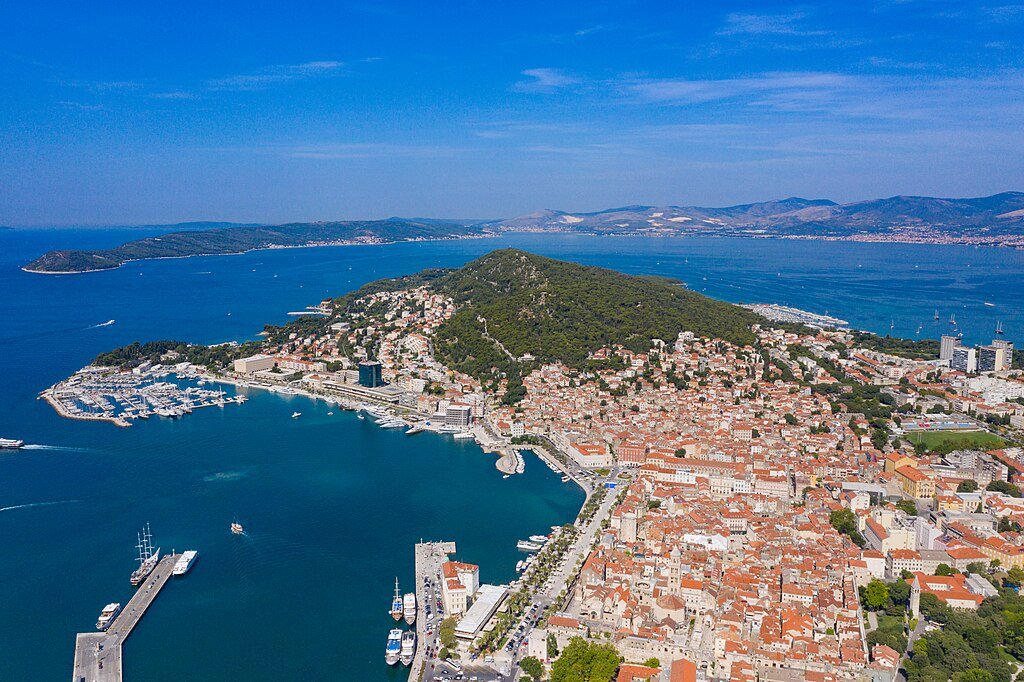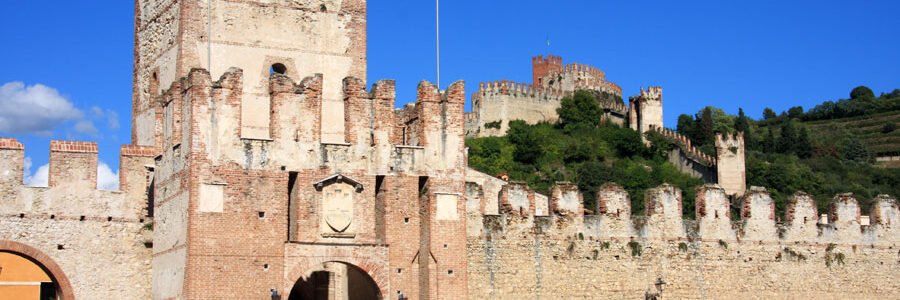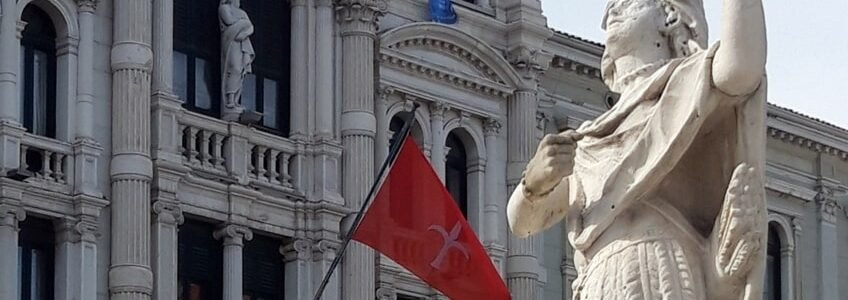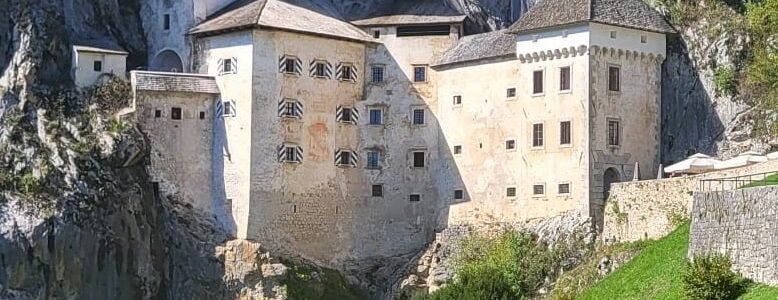Split City Guide
Split City Guide
Split intro
Split is the second-largest city in Croatia and one of the most important urban centers on the Adriatic coast. Founded more than 1,700 years ago, it grew around the palace of the Roman emperor Diocletian, which still dominates the city center today. With its combination of ancient history, seaside promenades, and a lively Mediterranean spirit, Split has become a favorite destination for both culture lovers and beachgoers.
A City Built Around a Palace
The heart of Split is Diocletian’s Palace, a UNESCO World Heritage site. This fortress-like structure is not just a monument – it is a living part of the city, filled with shops, cafés, and homes. Walking through its narrow stone streets means stepping directly into history. The Peristyle Square, once the ceremonial court of the emperor, is now a stage for concerts and cultural events.
Because of its central location, Split is often included on regional travel routes. For example, travelers on a transfer from Split to Bled can explore the palace before continuing their journey towards Slovenia. This makes Split not only a standalone destination but also a valuable cultural stop on longer itineraries.
The Riva Promenade
Just outside the palace walls lies the Riva, Split’s famous seaside promenade. Lined with palm trees, cafés, and benches, it is the city’s social hub. Locals gather here for coffee, travelers stroll with gelato in hand, and the Adriatic sparkles just a few steps away. Early morning is peaceful, while evenings buzz with energy as lights reflect on the water.
Beaches and the Adriatic Lifestyle
Few cities in Europe combine history and beaches as naturally as Split. Bačvice Beach is the most famous, known for its shallow waters and lively atmosphere. It is also the birthplace of “picigin,” a traditional ball game played in the shallows. Beyond Bačvice, beaches like Firule, Kasjuni, and Bene offer more relaxed settings, some with pine shade and views of nearby islands.
Spending a day at the beach here is not just about swimming – it is about embracing the Mediterranean lifestyle. Families gather with picnics, groups of friends play music, and restaurants serve fresh seafood right by the sea.
Markets and Everyday Life
To understand Split, you need to visit its markets. The Pazar (green market) spreads outside the eastern walls of the palace, offering fruits, vegetables, flowers, and local specialties. The Fish Market, closer to the Riva, is lively in the mornings, with fishermen shouting prices and locals selecting the freshest catch.
These markets are not tourist shows – they are a daily ritual for residents. Wandering through them gives a real sense of the city’s rhythm, away from the monuments and landmarks.
Cultural Landmarks
In addition to the palace, Split offers several cultural highlights. The Cathedral of St. Domnius, originally Diocletian’s mausoleum, is one of the oldest cathedrals in the world still in use. Climbing its bell tower rewards visitors with a panoramic view of the city and the sea.
Museums such as the Archaeological Museum and the Gallery of Ivan Meštrović add depth to the cultural offer. Meštrović, Croatia’s most famous sculptor, left a strong mark on the city, and his former residence is now a museum dedicated to his work.
Day Trips from Split
Split is also a gateway to the Dalmatian islands. Ferries connect the city to Hvar, Brač, and Vis, each offering its own character – from nightlife to hidden coves. Within driving distance, Krka National Park impresses with waterfalls and walking trails, while Trogir, another UNESCO site, charms visitors with its medieval core.
For active travelers, Marjan Hill at the edge of Split provides hiking paths, cycling routes, and hidden chapels. A climb to its viewpoints offers some of the best panoramas of the city and surrounding sea.
Food and Local Flavors
Dalmatian cuisine is a highlight of every visit. Seafood dominates the menus – grilled fish, octopus salad, and black risotto are classics. Olive oil and local wine accompany almost every meal, with Plavac Mali being the region’s signature red wine.
Konobas (traditional taverns) offer authentic experiences, often located in stone cellars or courtyards. Dining in these settings combines taste with atmosphere, making even a simple dish memorable.
Events and Nightlife
Split’s calendar is filled with events. The Split Summer Festival turns the city into an open-air stage with theatre, opera, and concerts. Sports are equally important – the local football club, Hajduk Split, has a passionate following, and matches at Poljud Stadium are a cultural experience in themselves.
The nightlife scene is vibrant, from bars along the Riva to beach clubs at Bačvice. Summer nights often spill into morning, blending locals and visitors in a mix of music, dance, and Mediterranean energy.
Why Visit Split
Split manages to balance two roles – a living city for its residents and a destination for millions of visitors. Unlike places that exist only for tourism, Split keeps its authenticity. The markets, the cafés, and the everyday rhythm of life go on regardless of the crowds. That authenticity, combined with its Roman heritage and seaside location, makes Split a city that offers both depth and relaxation.
At the end ..
Split is not just a stop on the Adriatic – it is a destination where history, sea, and culture meet in perfect balance. From Diocletian’s Palace to its beaches, from island day trips to markets buzzing with life, the city leaves a lasting impression on anyone who visits.
For official visitor information, events, and travel tips, check the City of Split official website.
Split City Guide
Split City Guide shows you a city where Roman heritage meets Adriatic lifestyle. With Diocletian’s Palace at the core and a lively waterfront promenade, Split is both historic and active, combining cultural sites with beaches and modern cafés.
Positioned on the Dalmatian coast, Split works well as a destination or a midpoint on longer private transfers linking Central Europe with the Adriatic.
- Split to Bled long-distance transfer
- Ljubljana to Split direct connection
- Bled to Split private ride
- Vienna to Split transfer service
- Ljubljana Airport to Split travel option
Split City Guide: Coastal, Historic, and Active
- Diocletian’s Palace as the main landmark
- Riva promenade with cafés and sea views
- Beaches within easy reach of the old town
- Ferries to nearby islands for day trips
- Good balance of history and modern lifestyle
A Coastal Hub for Regional Travel
Split City Guide helps you plan your stay with ease
For museums, beaches, and events, see the Split official tourism site.
RECENT POSTS
- How to get from Trieste to Zagreb October 21, 2025
- How to get from Ljubljana to Kranjska Gora October 18, 2025
- How to get from Ljubljana to Budapest October 17, 2025





























































Leave a Comment